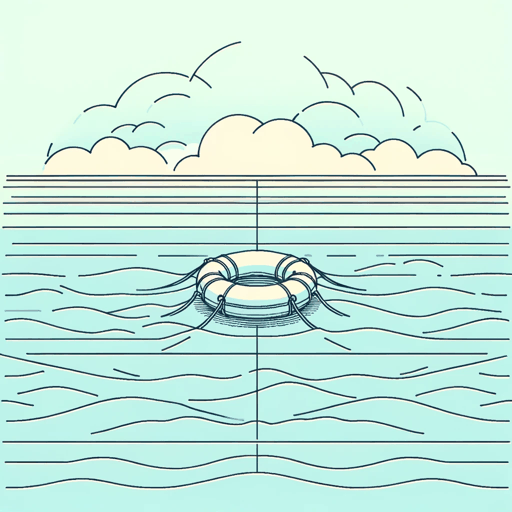42 pages • 1 hour read
Gabriel García MárquezThe Story of a Shipwrecked Sailor
Nonfiction | Biography | Adult | Published in 1955A modern alternative to SparkNotes and CliffsNotes, SuperSummary offers high-quality Study Guides with detailed chapter summaries and analysis of major themes, characters, and more.
Summary and Study Guide
Overview
Gabriel García Márquez’s The Story of a Shipwrecked Sailor was first published in Spain in 1970 under the title Relato de un naufrago (“story of a castaway”). The nonfiction work relates Luis Alejandro Velasco’s 10-day survival adrift on a raft in the Caribbean after being thrown overboard from his Colombian destroyer in rough seas. While there had been a censored, government-backed version of Velasco’s story that was publicized, the uncensored story was first published in the Colombian newspaper, El Espectador, in 14 installments. Márquez, still young and not yet a famous author, was working as a newspaper journalist at the time. He ghostwrote the story, and Velasco appeared as the author. The uncensored story’s newspaper publication exposed the Colombian government’s corruption and incompetence, causing a political scandal that eventually led to Márquez leaving for Paris and the newspaper’s brief closure; hence the book’s full title: The Story of a Shipwrecked Sailor Who Drifted on a Liferaft for Ten Days Without Food or Water, Was Proclaimed a National Hero, Kissed by Beauty Queens, Made Rich Through Publicity, and Then Spurned by the Government and Forgotten for All Time.
This study guide uses the Penguin Books Limited edition published March 6, 2014.
Summary
In the Prologue, Márquez relates the story of how he came to write the tale of Luis Alejandro Velasco, the shipwrecked sailor. Velasco’s story was already known to Márquez because Velasco had been celebrated as a national hero after turning up half-dead on a lonely Colombian beach. He had survived 10 days alone in a life raft. Velasco, along with seven other sailors aboard the Colombian destroyer Caldas, was allegedly thrown overboard during a heavy storm—but, as Márquez soon discovered, this was not the true story. The true story was censored by the Colombian government under the dictatorship of General Gustavo Rojas Pinilla. It was reported that the destroyer encountered a severe storm, but, as Velasco pointed out, there had never been a storm; the true reason for the accident was that the destroyer was listing from being overburdened with contraband while sailing in choppy seas. The uncensored story caused a sensation in Colombia that resulted in Velasco’s discharge from the navy and the forced, government-sanctioned closure of Marquez’s newspaper.
Within 14 chapters (each given a title and oftentimes further subdivided with subheadings), Velasco relates the true events of his shipwreck. He begins his story towards the end of an eight-month deployment in Mobile, Alabama, where his destroyer, the A. R. C. Caldas, is being refitted with newer and larger armaments and electronics. He and his shipmates enjoy Mobile, spending time with their girlfriends and purchasing American goods such as refrigerators, stoves, and radios, all of which are forbidden from transport by a military vessel. Shortly before sailing, Velasco and a few other crew members see the movie, The Caine Mutiny. The movie unsettles them: One scene involves a hefty storm that makes the men wonder what they would do in such a situation.
On February 24, 1955, the Caldas leaves Mobile, sailing to Cartagena, Colombia. The destroyer is overladen with contraband. Though the skies are clear, the wind whips up the seas, causing large waves to wash over the destroyer’s decks. The ship begins to list, and the personnel are ordered to the starboard side in an attempt to rebalance the craft. Velasco and a few of his shipmates are located above deck at the stern. Hours pass, and conditions do not improve. Eventually, a large wave crashes over Velasco and his fellow sailors and washes them into the sea.
The men overboard struggle against the choppy seas. Unlike his less fortunate comrades, Velasco finds himself near a life raft. He watches as three others, one of whom is a close friend, drown attempting to reach the raft. Velasco quickly finds himself alone aboard a raft with no provisions other than what is in his pockets. He drifts in the waters of the Caribbean for 10 days, exposed to the blistering sun, with no water and no food, with sharks circling his raft nightly. On the 10th day, he spots the coastline. He does his best to steer and paddle the raft towards the coast with his broken oar, but to no avail. Two kilometers from shore, he dives into the water and, with his last bit of strength, struggles ashore. After recovering from the swim, he looks around for signs of humanity. After a while, he spots a young woman, who is frightened by his appearance. However, she returns with an older man who takes Velasco to his home.
Velasco is in a very remote area of Colombia, and it takes several days for him to journey, with the help of a large crowd of good Samaritans and curiosity-seekers, to the nearest city of San Juan de Urabá, where a doctor examines him. Afterward, he boards a plane to Cartagena where he reunites with his friends and family.
In the final chapter, Velasco comments on his heroism. He receives many benefits because of his tale, including being personally decorated by the President of Colombia (General Pinilla), making a small fortune with ads for watches and shoes, and personal gifts from ordinary citizens. Some people believe his story is too fantastical, but Velasco remains humble, surmising people find him a hero simply because he didn’t die.
Related Titles
By Gabriel García Márquez

A Very Old Man With Enormous Wings
Gabriel García Márquez
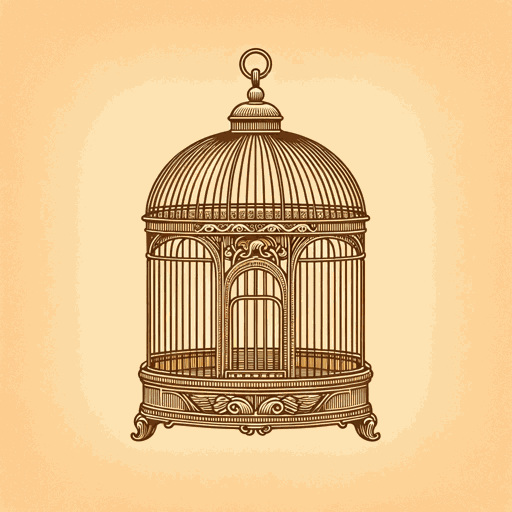
Balthazar's Marvelous Afternoon
Gabriel García Márquez
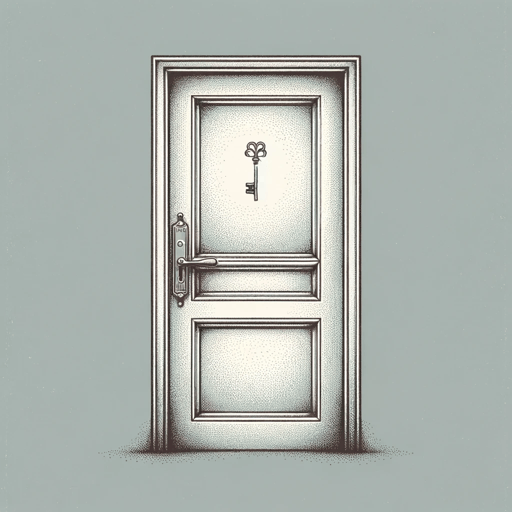
Chronicle of a Death Foretold
Gabriel García Márquez

Death Constant Beyond Love
Gabriel García Márquez

Eyes of a Blue Dog
Gabriel García Márquez

In Evil Hour
Gabriel García Márquez

Innocent Erendira
Gabriel García Márquez

Leaf Storm
Gabriel García Márquez

Love in the Time of Cholera
Gabriel García Márquez

Memories of My Melancholy Whores
Gabriel García Márquez

News of a Kidnapping
Gabriel García Márquez

No One Writes To The Colonel
Gabriel García Márquez

Of Love And Other Demons
Gabriel García Márquez
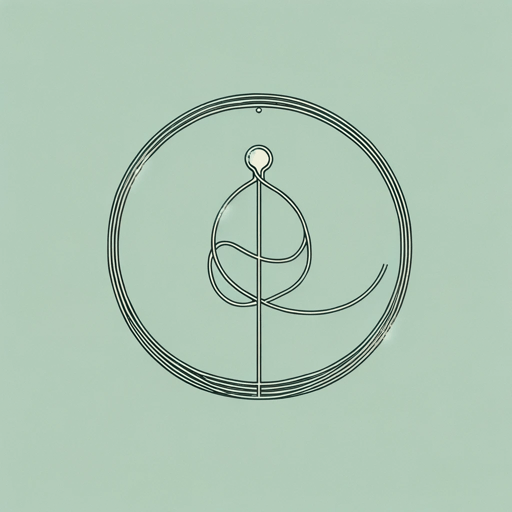
One Hundred Years of Solitude
Gabriel García Márquez
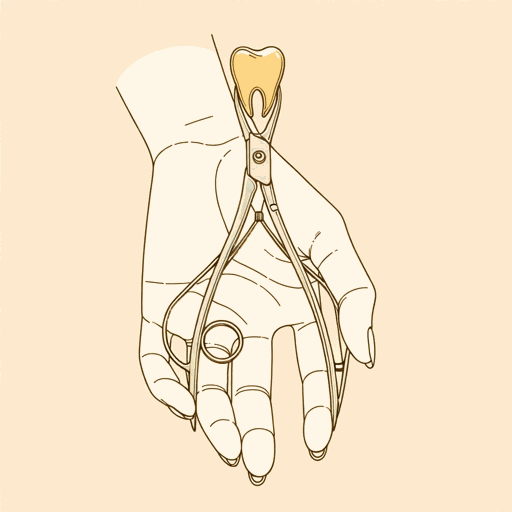
One Of These Days
Gabriel García Márquez

Strange Pilgrims
Gabriel García Márquez
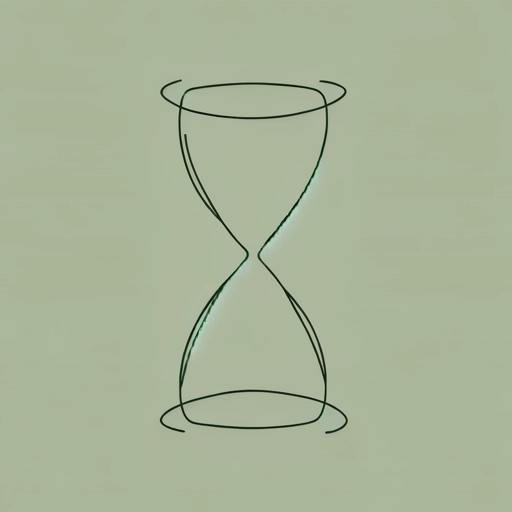
The Autumn of the Patriarch
Gabriel García Márquez, Transl. Gregory Rabassa
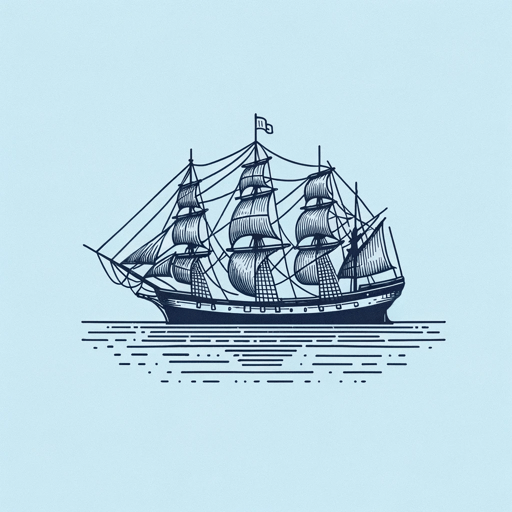
The General in His Labyrinth
Gabriel García Márquez
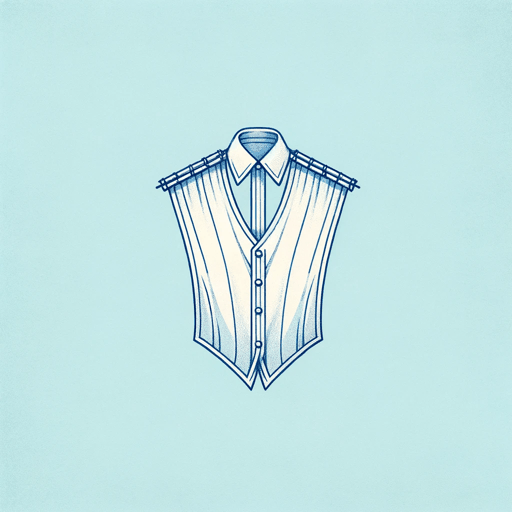
The Handsomest Drowned Man in the World
Gabriel García Márquez
Featured Collections
Action & Adventure
View Collection
Creative Nonfiction
View Collection
Fear
View Collection
Grief
View Collection
Hispanic & Latinx American Literature
View Collection
Nobel Laureates in Literature
View Collection
Order & Chaos
View Collection
Popular Study Guides
View Collection
Safety & Danger
View Collection
